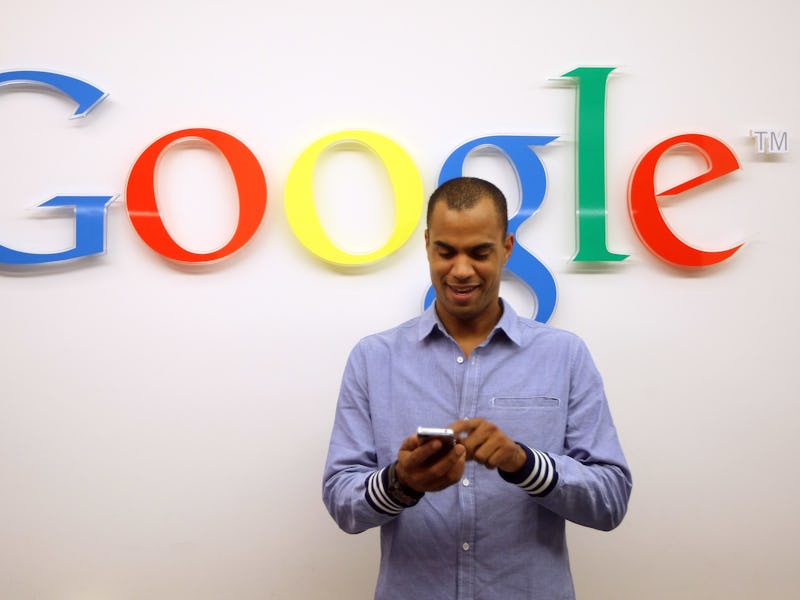Google Will Make Future Generations Ask "What Was a Spam Email?"
Remembering the aughts, from a spamless future.

“A notice from zoominfo”
“Not enough male attention”
“Please We Need Your Urgent Assistance”
“want to build a career that’s thriving for three decades?”
Remember, young ‘uns, long before singing holograms and long-distance telepathy, around the turn of century, people would get notes like this crap bombarding their email inboxes. Its English looked like a mail-order bride translated it while watching soaps, with mismatched punctuation and a hard sell for something no one wanted. They’d promise a million bucks for a single click, or that a prince was ready to give away his family’s fortune. We called these pesky bullshit mass-mailings “spam,” an affront to the admired breakfast meat, yes, but oddly appropriate. They were harmless, but a nuisance, electronic gnats that swarmed everyone’s inboxes.
You just want to see family pictures? Spam would make sure you first got a pitch for human growth hormone. Want to send a resume to an employer? First you have to delete an offer to make $900 a week from home. Google and Microsoft had giant email services that did their best to squash these messages without also deleting real mail. The balancing act was tricky but necessary. Too aggressive, and notes from real strangers would get sucked into the void along with the junky come-ons.
But by 2015, Google had announced a spam detection rate of 99.9 percent. The only junk people were getting was from their credit cards, from their cable company, from music venues — junky, yes, but at least familiar junk. Google’s innovation was to filter spam with artificial intelligence that predicted the future of spam that hadn’t even been written yet. Now, if you get an annoying email, at least you know it was meant for you.